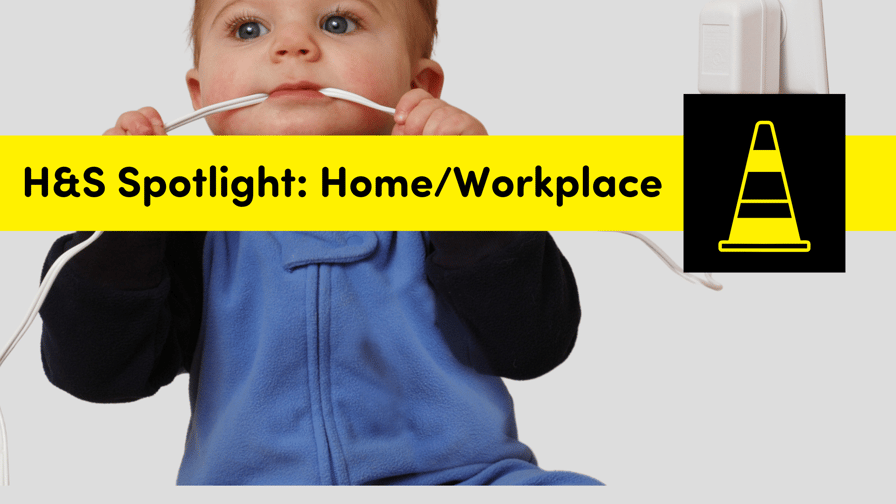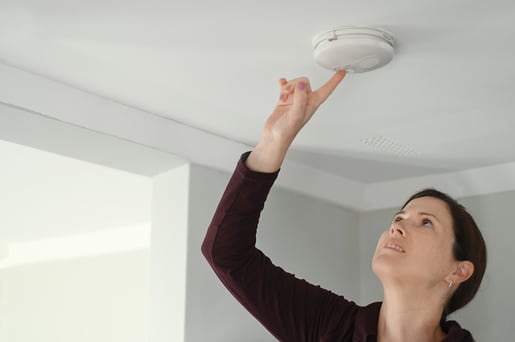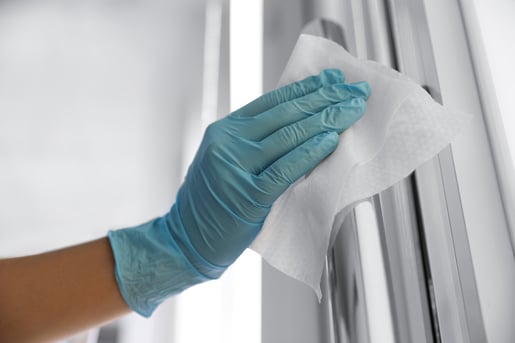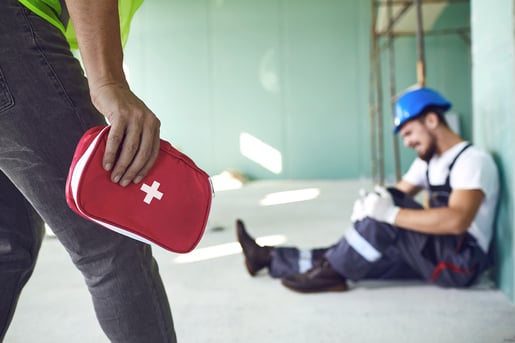We often take for granted that our homes and workplaces are safe but maintaining a safe environment for yourself, colleagues and family and friends takes a bit of work and conscious effort in each of our parts.
When we bring a new baby home for the first time, or buy a new home or similarly start a new job, health and safety are top of mind, but familiarity and "life" makes us get comfortable in our surroundings and often we let general safety practices slide. That doesn't mean every day you need to be a safety deputy but getting in a routine of being safety conscious can go a long way to keeping everyone safe.
Today's spotlight is all about health and safety in the environments we spend most of our time - home and workplace.

Life is invaluable. Which is why as humans, we do everything to protect it and keep our lives safe against any untoward incidents or accidents that may lead to minor injuries, life altering injuries or even death. So, the importance of safety in all aspects of our lives is quite obvious.
To avoid accidents. Most of the time accidents can be prevented with a few proactive steps. Whether it’s inside the house or in the workplace, exercising safety precautions is everyone's responsibility.
To live a long life. Ultimately that's what we all want, so we protect ourselves and others by taking care of our surroundings and making smart choices.
Life unpredictable and accidents can happen, no matter how hard you try to protect yourself but you can lower the odds significantly by being proactive and aware of your surroundings. Here are some helpful safety tips for home and at your workplace.
Your home is dynamic - things are always happening; it's your hub, hearth and heart. Keeping your home safe has many different variables. This is not an exhaustive list of things you should do but it's a start. And as with every other Health & Safety topic we have covered this week it's about consistency and building habits - a marathon not a sprint. Source: https://www.realsimple.com/home-organizing/organizing/home-safety-checklist
Fire Extinguishers
Escape Plans

Smoke and Carbon Monoxide Detectors

Sneeze into your elbow.
Wash your hands with soap and water after coming in contact with public spaces.
Avoid touching your hands, eyes or nose when in public.
If you feel unwell - stay home and avoid contact with other people.
It's OK to wear a mask in public if you want to.
Vaccines are an important way to keep everyone safe. Make sure they are kept up to date.
Whether you work on a construction site, warehouse or office, workplace safety is everyone's responsibility.
To help ensure everyone at work is protected and everyone get home safely each day, everyone must play an active role in upholding our workplace safety program. If this pandemic has taught us anything, it’s that health & safety in the workplace is very importance and deserves our attention.
A workplace safety program consists of all the processes, protocols, and guidance put in place to help mitigate risks on-site and reduce injury and illness rates. All employees must be fully invested and committed to these workplace safety tips to help create a safer work environment. When we all show a dedication to safety, different risks and hazards on-site can be quickly identified and corrective actions can be set.
As always, if you feel a workplace safety policy/practice/situation is not safe, speak with your manager or Health & Safety representative.
Always report unsafe conditions
Keep a clean workstation
Wear protective equipment
Take breaks
Don’t skip steps
Stay up to date with new procedures or protocols
Maintain proper posture
Offer guidance to new and returning employees
Do not leave machinery running unattended
Replace broken or old PPE
Focus on your work at hand
Report unauthorized people in your workplace who are not accompanied by a colleague or supervisor
Do not work alone in a building or office
Be aware of your surroundings when waiting for public transit or walking to your car
Be familiar with the location of your first-aid kit and who has completed their first-aid training.
Know your fire safety escape plan, meeting place and fire marshal.
Having an ergonomically correct workplace will ensure proper posture and mitigate carpal tunnel syndrome, back and neck pain, headaches and eye strain.
It might be tempting to slouch on the couch or lay in bed but more than twenty minutes in this position and your going to regret it.
Download our Ergonomic tips for proper laptop use.
|
|
At Agilus Work Solutions we serve our candidate and employer networks, to lead a connected, forward-thinking work community. We understand that work is an important piece of your work+life equation. Simply put – we care about your whole life, work included.